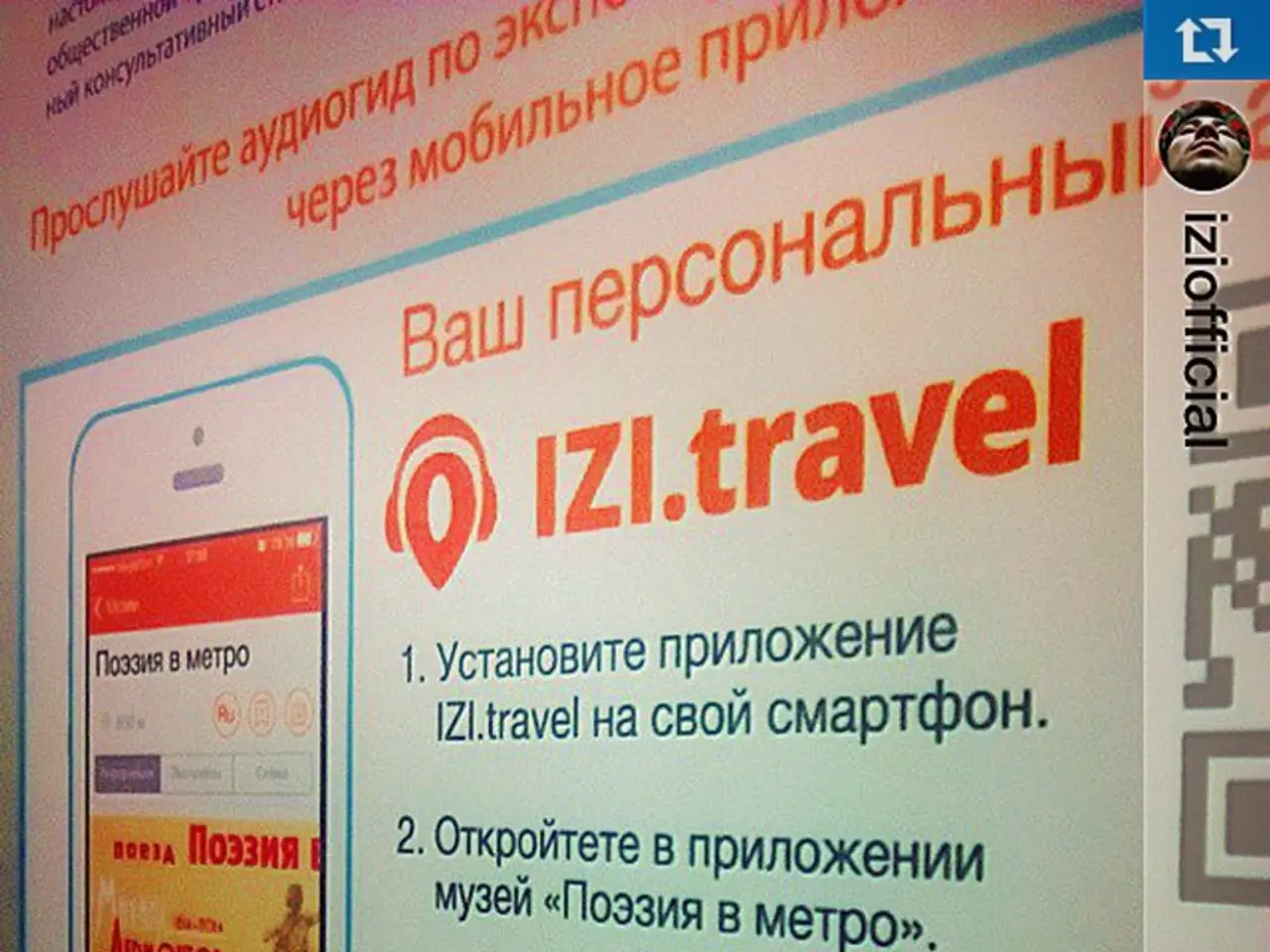Strategies for Overcoming Obstacles in Accessing Markets
Barriers to Market Entry: Challenges Facing New Entrants
New markets can be a lucrative opportunity for businesses, but they also come with a set of challenges that established firms have already navigated. Understanding these barriers to market entry is crucial for a successful market entry.
One of the primary obstacles is the regulatory and legal complexities that new entrants must navigate. Different countries and regions have unique laws concerning labor, taxation, product certifications, import/export rules, and safety standards. Compliance with these regulations can be costly and time-consuming, and failure to do so can result in fines or market bans.
High capital requirements are another significant barrier to entry. Entering a new market often demands substantial upfront investment in facilities, distribution, compliance, and marketing. This is especially intense in capital-heavy industries like pharmaceuticals, where large scale and stringent regulations prevail.
Economies of scale and established competition can make it difficult for new entrants to compete. Incumbent firms benefit from spreading fixed costs across large volumes, resulting in lower prices and higher margins. New entrants often struggle to match this efficiency and face entrenched distribution and supplier networks.
Intellectual property and licensing can create substantial barriers in sectors such as pharmaceuticals. Intellectual property rights restrict competitors from offering similar products without licensing or partnerships.
Labor and talent dynamics also pose a challenge. Local variations in labor laws, employee expectations, and talent availability necessitate tailored HR strategies. Misunderstanding these factors can lead to compliance issues and operational inefficiencies.
Operational costs and complexity can escalate quickly if not properly anticipated. Costs related to logistics, warehousing, insurance, and scaling operations can threaten profitability and sustainability.
Market research deficiencies and cultural misalignment can cause product failures. Assuming home-market success will translate directly often leads to rejection by local consumers.
Strategic entry mode challenges also present a barrier. Choosing an inappropriate mode of entry (e.g., direct investment versus partnership or licensing) can waste resources and limit flexibility. Balancing speed, control, investment, and risk is critical.
Additional considerations include timing advantages for early entrants and the need to secure local incentives or financing early to improve cost structures.
Customer loyalty towards well-established brands can make it difficult for new entrants to gain market share. Sunk costs, which are not recoverable if the entrant leaves the market, can increase the risks involved in market entry. Competition in a market is a sign of established demand for a product or service, but it can also make market entry more challenging. Tariffs and taxes can protect certain markets from entrants from outside the jurisdiction.
In summary, market entry barriers span regulatory compliance, financial investment, competitive dynamics, cultural adaptation, and strategic decisions, each demanding thorough analysis and local expertise to overcome successfully. Identifying and understanding these barriers early in the product development process is crucial for success. Failure to do so may result in the market not adopting the product and potentially causing the business to fail.
- In the process of entering a new market, understanding the complexities of ui design for local consumer preferences can help create products that resonate with the target audience, thus minimizing product failures due to cultural misalignment.
- Successful entry into a capital-intensive industry like finance or investing requires not only understanding the regulatory and legal complexities but also securing substantial financial resources to cover high capital requirements for facilities, distribution, compliance, and marketing.




